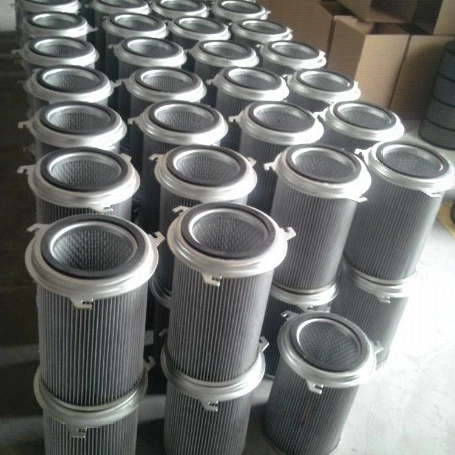 Tel:
+8615930870079
Tel:
+8615930870079
דצמ . 04, 2024 18:45 Back to list
dust cartridges
Understanding Dust Cartridges A Key Component in Air Filtration Systems
In an age where air quality has become a growing concern, the importance of effective air filtration systems cannot be understated. One of the key components that plays a pivotal role in ensuring clean air is the dust cartridge. This article explores the function, types, and maintenance of dust cartridges, emphasizing their contribution to improved air quality in various settings.
What is a Dust Cartridge?
A dust cartridge is a filtration component commonly used in air pollution control systems and industrial dust collection systems. It is designed to capture airborne particulate matter, including dust, pollen, mold spores, and other allergens. The primary function of a dust cartridge is to ensure that the air released back into the environment is free from harmful particles, thus promoting a healthier atmosphere for both humans and machinery.
Composition and Design
Dust cartridges are typically composed of filter media that can vary widely in materials and configurations. Common types of filter media include pleated paper, synthetic fibers, and fiberglass. The design of the cartridge often incorporates a pleated structure, which increases the surface area and enhances the filter's efficiency. This pleating allows for a greater amount of air to pass through while simultaneously capturing more dust particles.
Types of Dust Cartridges
There are several different types of dust cartridges designed for specific applications
1. Standard Filter Cartridges These are suitable for general dust collection and are widely used in industrial settings where moderate dust levels are present.
dust cartridges

2. High-Efficiency Filter Cartridges Designed for environments with fine particulate matter, these cartridges are manufactured using advanced filtration technology to capture smaller particles.
3. Spark-resistant Cartridges Used in industries where ignition sources are present, these cartridges are designed to resist sparks and prevent potential fires.
4. Pre-Filters Often placed before the main filter, these are designed to capture larger particles, thus prolonging the life of the main dust cartridge.
Applications of Dust Cartridges
Dust cartridges are utilized across a myriad of industries, including manufacturing, construction, food processing, and pharmaceuticals. In manufacturing, they help maintain a clean environment by capturing dust generated from machinery and raw materials. In construction, they assist in controlling silica dust, which is hazardous to health. Similarly, in the food industry, they play a critical role in maintaining hygiene by filtering out contaminants that could compromise product safety.
Maintenance and Replacement
To ensure optimal performance, dust cartridges require regular maintenance. This includes routine inspections, cleaning, and timely replacement. Over time, dust cartridges collect particulate matter, leading to reduced airflow and efficiency. Regular maintenance involves checking for tears or deformities in the filter media, cleaning the cartridge if it's washable, and replacing it according to the manufacturer's recommendations or when a drop in performance is noticed.
Conclusion
Dust cartridges serve as a crucial component within air filtration systems, helping to ensure clean air in various environments. Understanding the different types of cartridges and their specific functionalities allows industries to choose the right cartridge for their needs, ultimately leading to healthier workspaces. As air quality continues to be a significant concern, the role of dust cartridges in protecting both health and equipment will undoubtedly grow. Investing in high-quality filtration solutions is not just a regulatory requirement; it is a commitment to creating safer and more efficient environments for current and future generations. Whether in industrial settings or at home, the efficacy of dust cartridges is an essential element of air quality management, underscoring their importance in our everyday lives.
-
Types and Applications of Air Filtration CartridgesNewsJul.28,2025
-
The Role of Gas Turbine FiltersNewsJul.28,2025
-
Mastering Air Filter Cartridge UseNewsJul.28,2025
-
Advanced Turbine Filters for Modern Gas TurbinesNewsJul.28,2025
-
Cellulose Air Filter Cartridge Advantages in Dust FiltrationNewsJul.28,2025
-
Cellulose Filters for Air Particle ReductionNewsJul.28,2025

 Email:
Email:





